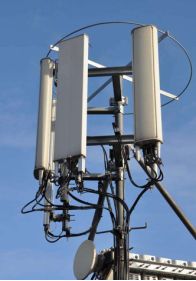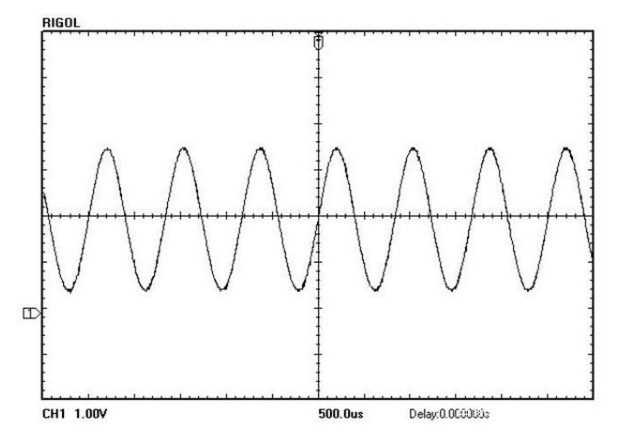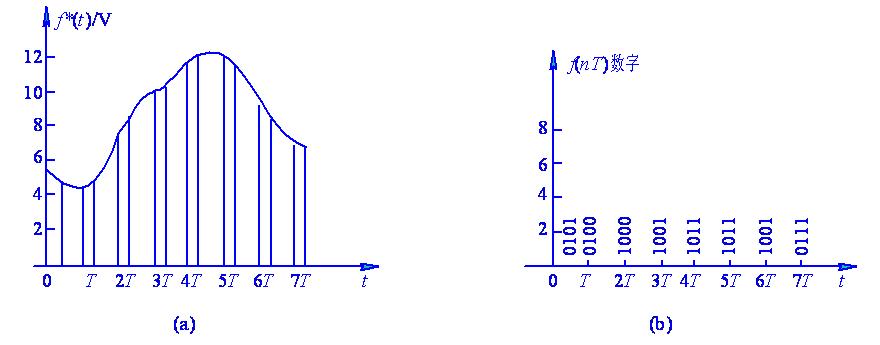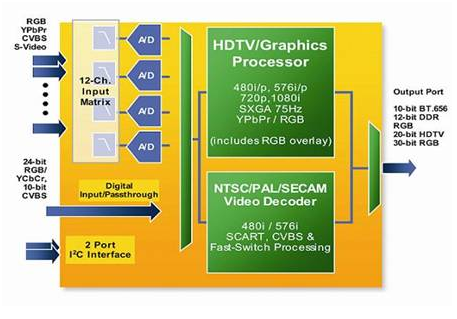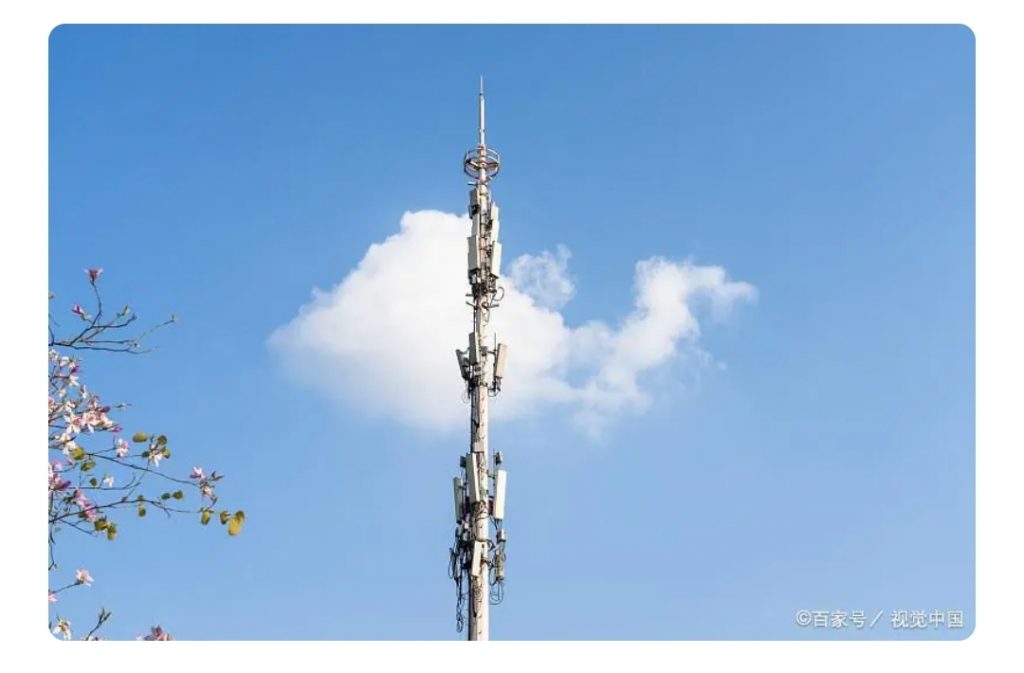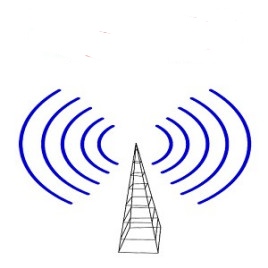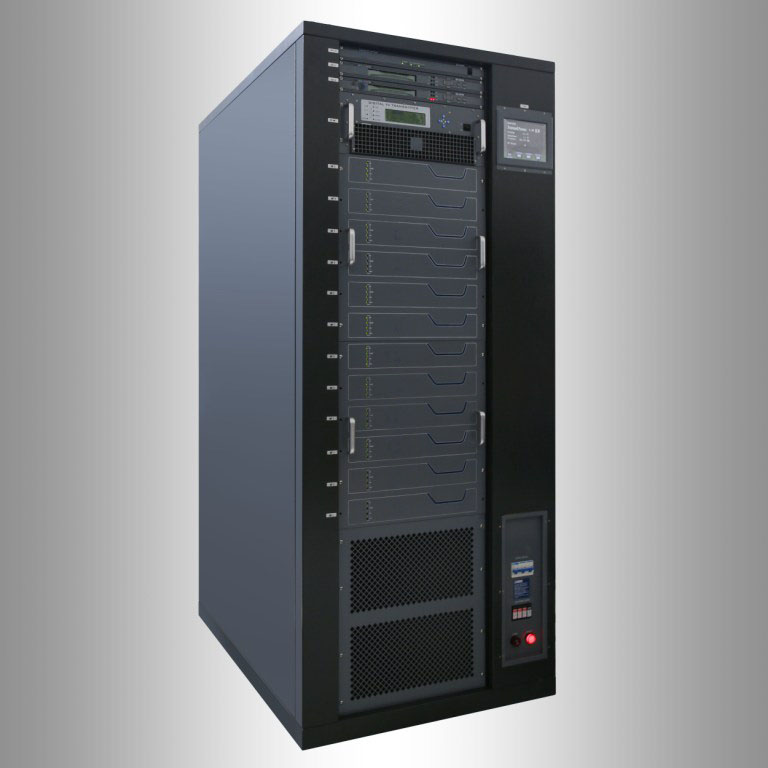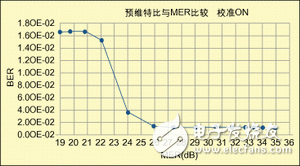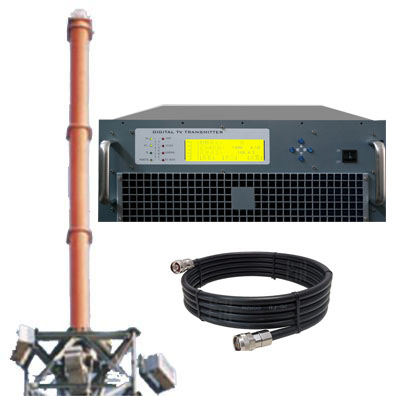The difference between digital high-definition color TV and quasi-high-definition color TV
- Digital TV is a TV that uses digital technology in the whole process of broadcasting and receiving TV signals such as shooting, editing, production, broadcasting, transmission, and receiving. Digital high-definition television is the most advanced type of digital television (DTV) standard, referred to as HDTV (High Definition TV).
- The biggest difference between digital TV and analog TV is that the image of digital TV is clear and stable, and the image quality will not change due to the distance of signal transmission in the signal coverage area, and the external noise interference will not affect the whole process of signal transmission TV image. Analog TV, on the other hand, suffers from poor image quality as the signal travels farther. In recent years, enterprises with strong technical development capabilities have begun to use digital technology to process signals in video processing circuits, improving the performance of analog circuits, for example: increasing the line frequency and field frequency of analog TV, and realizing progressive scanning and field doubling ( 100HZ) to eliminate flicker and improve image quality. But this is completely different from the working principle of the digital TV mentioned above, and its effect is still much worse than that of digital TV. For example: the display format of high-definition television is 1920×1080i, and the image pixel density can reach the image quality of 135 movie film. Digital TV also has a variety of image display formats with different levels of definition. The high-definition display format in my country is 1920×1080i/50HZ interlaced scanning, while the display format of high-definition TV in the United States is 1920×1080i/60Hz interlaced scanning, 1280×720P/60Hz progressive scanning, and the standard definition display format is 720×480P /60Hz progressive scan, these are not available in analog TV.
- Digital TV must have the function of network terminal display. In digital TV, various video data, audio data, and text data with different levels of definition can be unified in one system standard, and digital TV broadcasting can not only transmit image programs, but also transmit text information. Therefore, in the design of digital TV, various scan display formats must be considered when the text is displayed. How many scan display formats a TV can be compatible with is one of the main criteria for distinguishing the grades of digital high-definition TVs. Because digital TVs that can only display one or two image formats (single-frequency technology) or several image formats (dual-frequency technology) and digital TVs that display more than a dozen image formats (frequency conversion technology), regardless of the design level and production There is a big difference in level. Using single-frequency technology or dual-frequency technology, digital TVs that can only display several image formats can be realized by modifying the scanning circuit of analog color TVs, while digital TVs that use frequency conversion technology can display more than a dozen image formats, which meet international high-definition standards. The brand-new concept of the new trend of TV development is very different from the scanning circuit of analog color TV. From the perspective of technological development, the solutions using single-frequency technology or dual-frequency technology are not real digital TV and will eventually be eliminated. The use of frequency conversion technology is the real digital TV.
- Digital TV has a high-quality sound system. When receiving analog TV, it has functions such as high and low pitch adjustment, left and right channel balance, surround sound, and equal loudness control switch. In areas where there is NICAM broadcast, it can be controlled by the remote control and set to the automatic NICAM state. At this time, it can automatically identify whether NICAM is present or not according to the TV broadcast.
- Quasi-high-definition color TV: In addition to dual-frequency TVs (in addition to 50Hz scanning, digital color TVs with 60Hz or 75 Hz or 100Hz scanning) to receive analog TV signals, color TVs that can receive AV digital high-definition signals are added. It can use Y, Pr, Pb terminals or VGA interface to receive digital high-definition signals with different scanning frequencies such as progressive scan 720p and interlaced scan 1080i.
